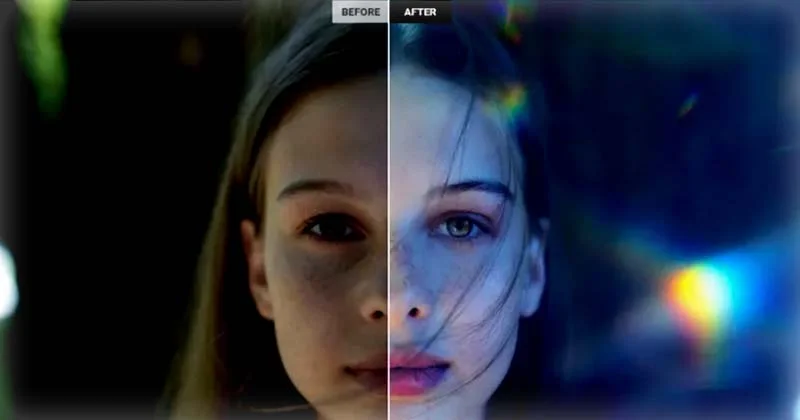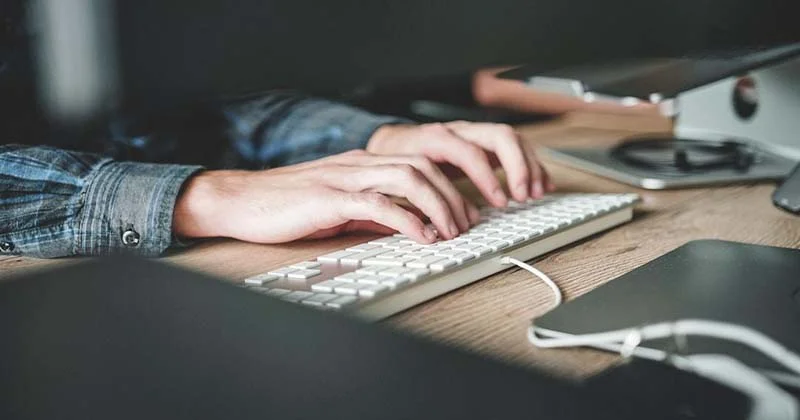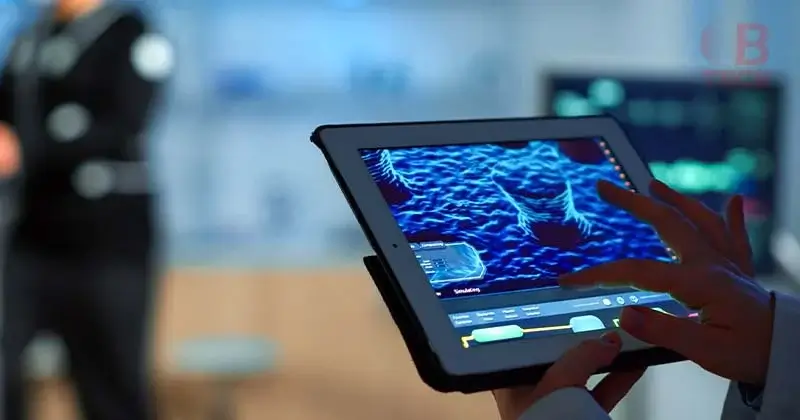Introduction
The incorporation of artificial intelligence (AI) has proven to be a game-changer in the ever-changing world of digital content creation. Video editing is one of the most intriguing areas where AI is making a huge influence. In this blog post, we’ll look at how artificial intelligence, when used as an intelligent assistant, is enhancing the art of video editing, ushering in a new era of creativity and efficiency.
The Ascension of AI Video Editors
Traditional video editing procedures have traditionally been associated with physical labor, rigorous attention to detail, and significant time investment. However, the rise of AI video editors is changing the game, reducing operations and letting producers focus more on their artistic vision.
Understanding the Role of AI
The ability of clever algorithms to recognize and interpret visual and auditory aspects inside video content is at the basis of AI video editing. AI algorithms are capable of recognizing patterns, comprehending context, and making intelligent judgments based on established criteria. For multimedia creators, this cognitive processing capacity offers up a world of possibilities.
Video Enhancement Powered by AI
One of the most notable characteristics of AI in video editing is its ability to enhance visual aspects. AI video editors can assess film and make changes to improve image quality, color grading, and overall visual aesthetics automatically. This ensures that the finished work meets high-quality criteria without requiring extensive human tweaking.
Scene Recognition Software
Scene recognition algorithms excel at identifying distinct aspects within a film, such as people, objects, and landscapes. This feature offers automatic segmentation and arrangement of film, making it easier for editors to fluidly browse across information.
Intelligent color Correction
The days of spending hours altering color gradients frame by frame are long gone. Advanced color correction algorithms are used by AI video editors to automatically balance tones, boost contrasts, and optimize color palettes, resulting in a polished and visually appealing final product.
Streamlining Editing Processes
In the fast-paced world of content creation, time is of the essence, and AI is proving to be a great ally in improving video editing workflows.
Editing Decisions Made Automatically
AI video editors may examine editing trends and learn from prior selections. This enables automated decision-making during the editing process, saving time on repetitive activities and delivering ideas that are consistent with the creator’s style.
Editing Prediction
AI can propose suitable cuts, transitions, and effects based on the context of the clip, anticipating the editor’s next move. This predictive feature not only speeds up the editing process but also opens up creative options that were previously unknown.
AI and Audio Enhancement
While visual qualities are frequently highlighted, audio quality is equally important in providing a captivating watching experience. AI video editors expand their abilities to audio augmentation, guaranteeing that content’s aural dimension satisfies professional standards.
Editing Decisions Made Automatically
AI video editors may examine editing trends and learn from prior selections. This enables automated decision-making during the editing process, saving time on repetitive activities and delivering ideas that are consistent with the creator’s style.
The Future of AI in Video Editing
AI can propose suitable cuts, transitions, and effects based on the context of the clip, anticipating the editor’s next move. This predictive feature not only speeds up the editing process but also opens up creative options that were previously unknown.
Personalized Editing Styles
While visual qualities are frequently highlighted, audio quality is equally important in providing a captivating watching experience. AI video editors expand their abilities to audio augmentation, guaranteeing that content’s aural dimension satisfies professional standards.
Collaboration in Real Time
Consider a scenario in which AI not only aids in editing decisions but also enables real-time cooperation among different editors. This collaborative AI environment has the potential to transform the way teams collaborate, increasing productivity and enabling the free interchange of innovative ideas.
Overcoming Obstacles and Ethical Concerns
While the incorporation of AI in video editing has significant advantages, it is critical to address potential obstacles and ethical concerns.
Bias and Accurate Representation
AI algorithms are vulnerable to training data biases. To ensure fair portrayal and avoid inadvertent stereotype propagation, content creators must be aware of potential biases in AI video editors.
Accountability and transparency
Transparency becomes increasingly important as AI plays a more active role in the creative process. Creators must understand how AI algorithms make decisions, and accountability measures must be in place to correct any unintended consequences.
Conclusion
Finally, the convergence of AI technology and video editing demonstrates the transformative power of smart technology in the realm of content creation. AI video editors are not replacing human creativity, but rather enhancing it by assisting with tedious tasks and opening up new avenues for storytelling. Looking ahead, the continued evolution of AI in video editing promises to redefine the creative process and raise the bar for visual storytelling. Accepting these advances responsibly ensures that the marriage of AI and video editing continues to empower creators and captivate audiences all over the world.



